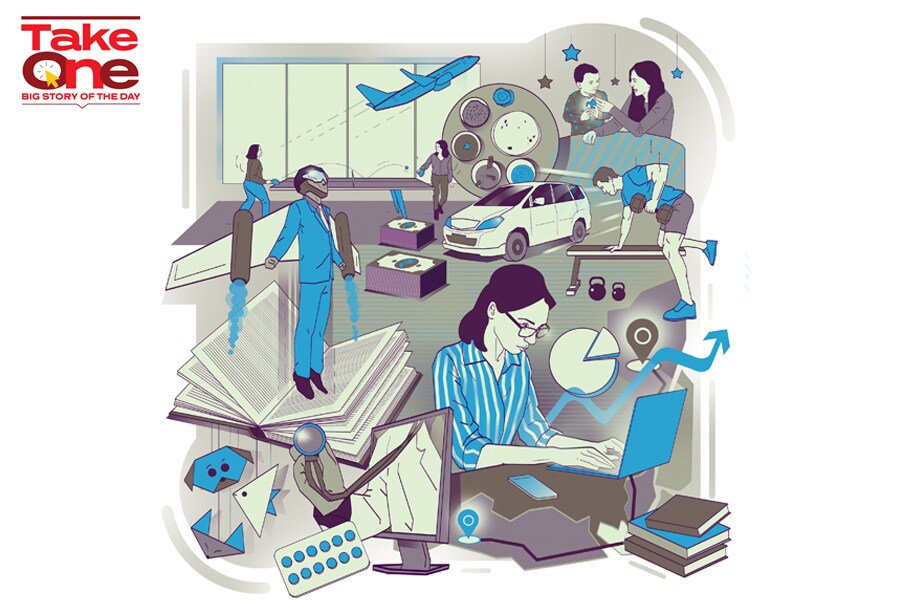
How companies are making work from office attractive
Afternoon naps, wellness bonuses, employees being flown in every quarter, and biannual appraisals—firms are pulling out all the stops to lure employees back to the workplace
 With the third wave of Covid-19 on the wane, corporates have switched back to working from office with most senior level staff reporting to the office at least twice a week
Illustration: Chaitanya Dinesh Surpur
With the third wave of Covid-19 on the wane, corporates have switched back to working from office with most senior level staff reporting to the office at least twice a week
Illustration: Chaitanya Dinesh Surpur
Advocates of power naps, which made a comeback in the work-from-home way of life, are worried about what will happen to them once they are called back to office.
But for those working with Wakefit, there’s no reason to be concerned. The D2C home-and-sleep solutions startup recently announced a ‘right to nap at work’ designating 2 pm to 2.30 pm as official nap time for all its employees. It is also working towards creating cozy nap pods and quiet rooms in the office to build the perfect nap environment, the company said in the statement that went viral on social media.
“Research shows that afternoon naps help with memory, concentration, creativity and productivity,” says Wakefit co-founder Chaitanya Ramalingegowda. “We wanted to encourage afternoon naps, not make it a taboo topic. We certainly hope more companies will adopt this in the future as the reactions have gone viral with employees tagging their HR heads on social media. It shows that normalising rest or afternoon naps was a necessary step, and not something to be frowned upon.”
With the third wave of Covid-19 on the wane, corporates have switched back to working from office with most senior level staff reporting to the office at least twice a week. However, the question being pondered over by corporates is how to get their employees back to office without it becoming a reason for them to quit.
The answer lies in perks and incentives that will probably become the new normal to attract and retain talent.








